On January 27, the world commemorated International Holocaust Remembrance Day. 70 years ago soldiers of the Soviet army entered the gates of Auschwitz concentration camp, deserted by the Nazis days earlier. It ended one of the most nightmarish periods in the history of humanity.
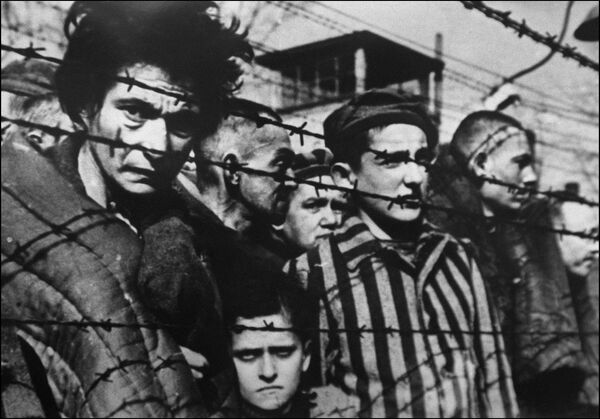
The Auschwitz concentration camp was part of a complex of German Nazi concentration camps and extermination camps located in Polish areas annexed by the Nazis. The first Nazi facility in Auschwitz (named after the nearby Silesian town of Oświęcim) was set up in May 1940.
Above: Auschwitz Concentration Camp.
Above: Auschwitz Concentration Camp.
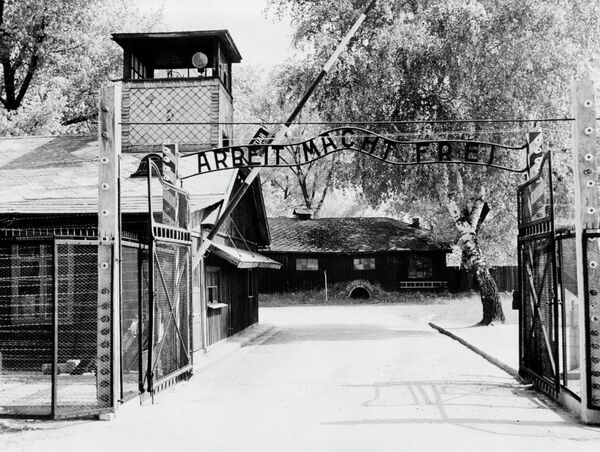
In January 1942, the Nazis enacted the "Final Solution to the Jewish question" plan. Camps dedicated solely to the extermination of Jews had been created before, but a new policy was formulated at the Wannsee Conference in January 1942. The plan culminated in the Shoah or Holocaust, in which approximately six million Jews were killed by the Nazi regime and its collaborators.
Above: Auschwitz Concentration Camp.
Above: Auschwitz Concentration Camp.

The Auschwitz II-Birkenau concentration/extermination camp was opened in 1942. With its sections separated by barbed-wire fences, Auschwitz II had the largest prisoner population of the three main camps.
Above: Auschwitz Concentration Camp.
Above: Auschwitz Concentration Camp.
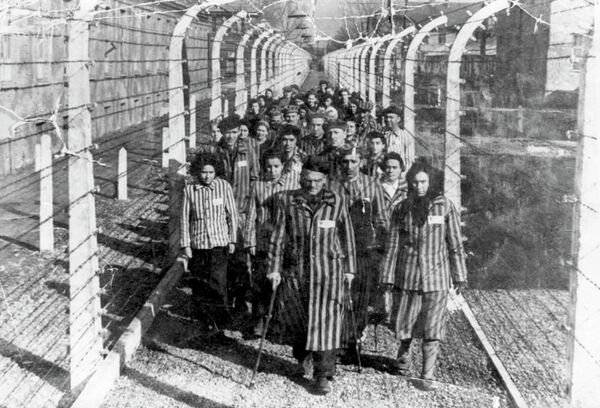
From early 1942 until late 1944, transport trains delivered Jews to the camp from all over German-occupied Europe, where they were killed with Zyklon B pesticide.
Above: Auschwitz Concentration Camp.
Above: Auschwitz Concentration Camp.

In January 1942, the first chamber to use the lethal Zyklon B gas was constructed at Auschwitz II-Birkenau. Later, four more chambers were built.
Above: Auschwitz Concentration Camp.
Above: Auschwitz Concentration Camp.
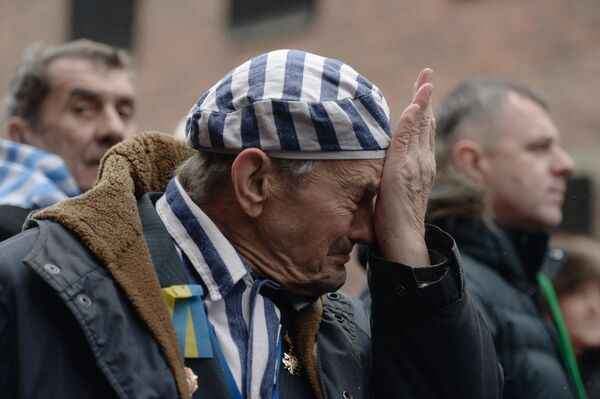
The facility’s gas chambers were used for systematic genocide until November 1944, two months before the camp was liberated by the Soviet army.
Above: Igor Malitsky, center, a former inmate of the Auschwitz-Birkenau concentration camp, during a memorial event marking the 70th anniversary of the camp's liberation, in Oswiecim.
Above: Igor Malitsky, center, a former inmate of the Auschwitz-Birkenau concentration camp, during a memorial event marking the 70th anniversary of the camp's liberation, in Oswiecim.
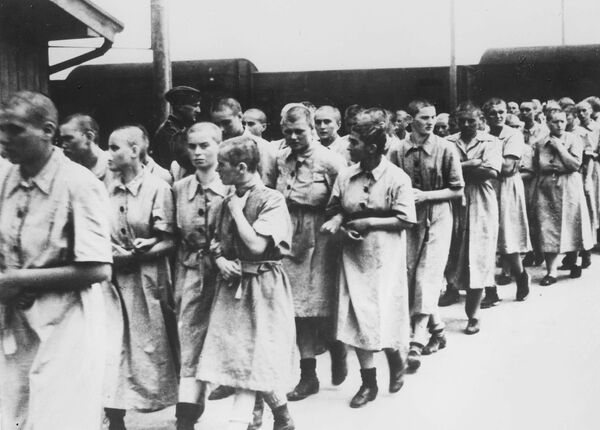
According to the numbers from the US Holocaust Memorial Museum, Auschwitz was the site of the most deaths – 1.1 million – more than any of the other six extermination camps.
Above: Auschwitz Concentration Camp.
Above: Auschwitz Concentration Camp.
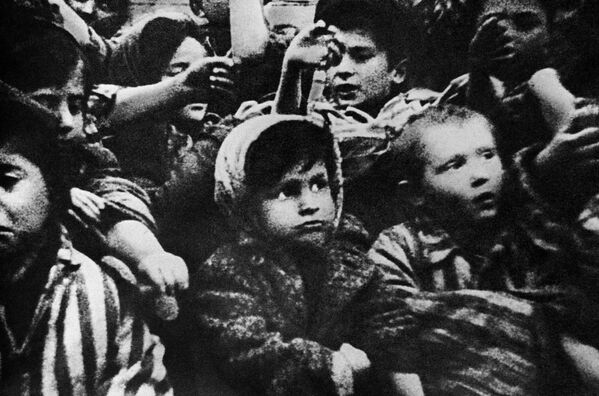
The German SS killed at least 960,000 of the 1.1-1.3 million Jews deported to the camp; approximately 1 in 6 Jews killed during the Holocaust died at Auschwitz. Others deported to the camp included 150,000 Poles, 23,000 Romani and Sinti, 15,000 Soviet prisoners and at least 10,000 from other nationalities.
Above: Auschwitz Concentration Camp.
Above: Auschwitz Concentration Camp.
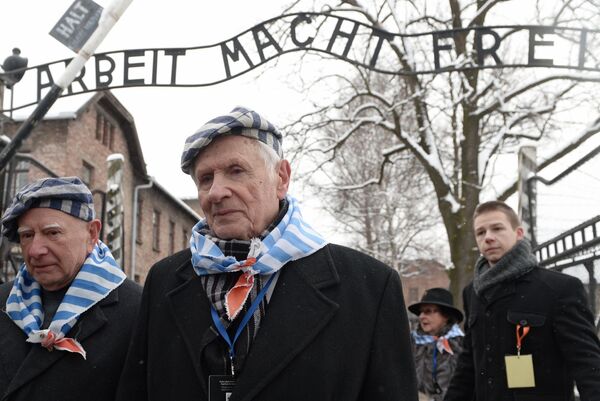
Auschwitz was also the site of inhumane medical experiments on Jewish and Roma prisoners, including castration, sterilization and testing how they were affected by contagious diseases.
Above: Participants in a memorial event marking the 70th anniversary of the liberation of the Auschwitz-Birkenau concentration camp in Oswiecim.
Above: Participants in a memorial event marking the 70th anniversary of the liberation of the Auschwitz-Birkenau concentration camp in Oswiecim.
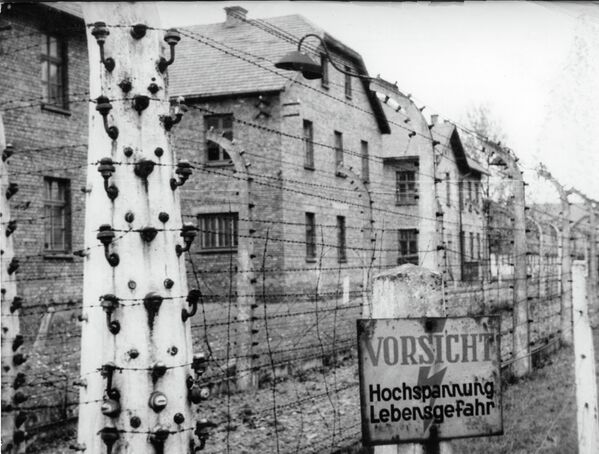
10/16
© AP Photo
As Soviet troops approached Auschwitz in January 1945, the German SS began to evacuate the camp. When the Soviet troops entered the site, they liberated 7,000 starving prisoners.
Above: Auschwitz Concentration Camp.
Above: Auschwitz Concentration Camp.
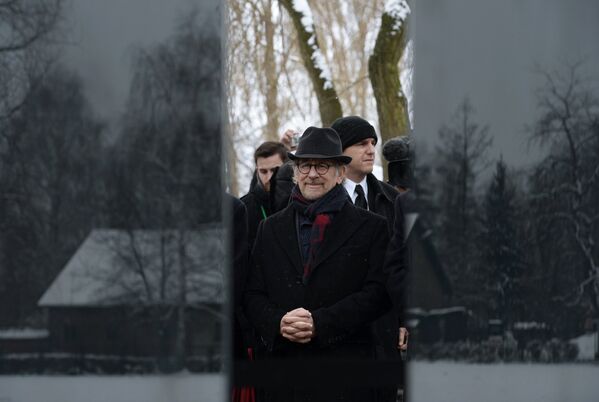
More than 7,000 Nazi personnel are thought to have served at Auschwitz. However just a few hundred have been prosecuted for their crimes. Still today the pursuit of justice continues.
Above: Film director Steven Spielberg, attends an event marking the 70th anniversary of liberating inmates of the Auschwitz-Birkenau concentration camp near Ocwiecim, Poland.
Above: Film director Steven Spielberg, attends an event marking the 70th anniversary of liberating inmates of the Auschwitz-Birkenau concentration camp near Ocwiecim, Poland.
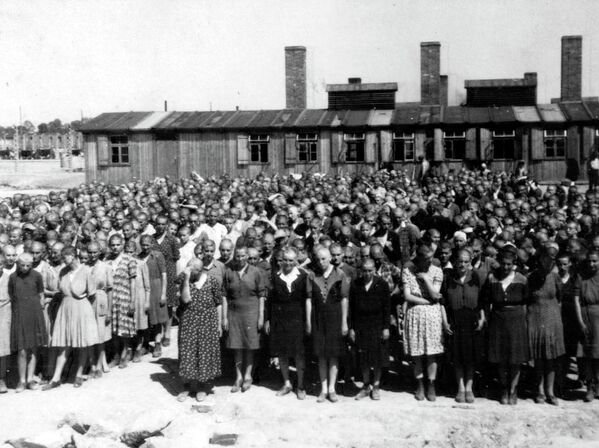
In the decades since its liberation, Auschwitz has become a dominant symbol of the Holocaust. In 2005, the UN General Assembly designated January 27, the date of camp’s liberation, as International Holocaust Remembrance Day.
Above: Auschwitz Concentration Camp.
Above: Auschwitz Concentration Camp.

This year, approximately 300 survivors of Auschwitz II-Birkenau took part in a memorial event marking 70 years since the Soviet army liberated the camp.
Above: A participant in a memorial event marking the 70th anniversary of the liberation of the Auschwitz-Birkenau concentration camp in Oswiecim.
Above: A participant in a memorial event marking the 70th anniversary of the liberation of the Auschwitz-Birkenau concentration camp in Oswiecim.
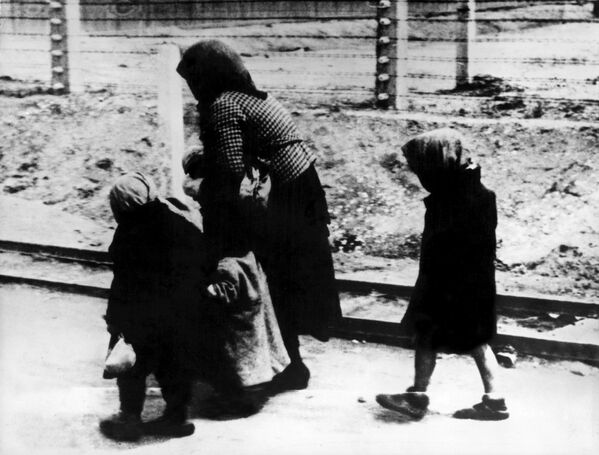
In 1947, Poland founded a museum on the site of Auschwitz I and Auschwitz II-Birkenau. In 1979, it was named a UNESCO World Heritage Site.
Above: Auschwitz Concentration Camp.
Above: Auschwitz Concentration Camp.

Since 1960, the so-called "national exhibitions" have been located in the former concentration camp Auschwitz I. They include profiles and belongings of prisoners from more than 30 countries.
Above: Participants in a memorial event marking the 70th anniversary of the liberation of the Auschwitz-Birkenau concentration camp in Oswiecim.
Above: Participants in a memorial event marking the 70th anniversary of the liberation of the Auschwitz-Birkenau concentration camp in Oswiecim.
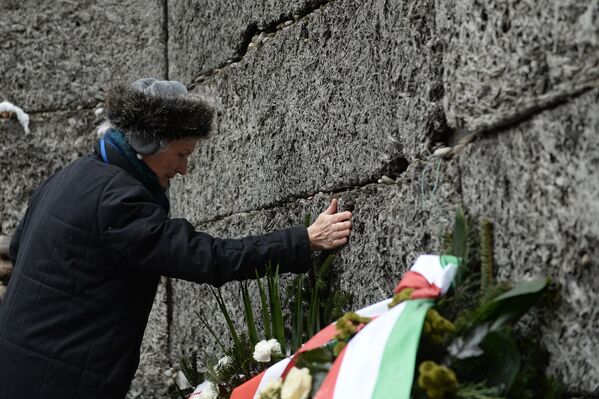
The first national exhibition of the Soviet Union was opened in 1961. In 2003, Russia suggested to present a completely new exhibition. In 2007, the Russian exhibition was closed, but the reopening was delayed due to some differences over the territorial situation of the USSR between 1939 and 1941. The Russian government called the move politically biased.
Above: A participant in a memorial event marking the 70th anniversary of the liberation of the Auschwitz-Birkenau concentration camp in Oswiecim.
Above: A participant in a memorial event marking the 70th anniversary of the liberation of the Auschwitz-Birkenau concentration camp in Oswiecim.

